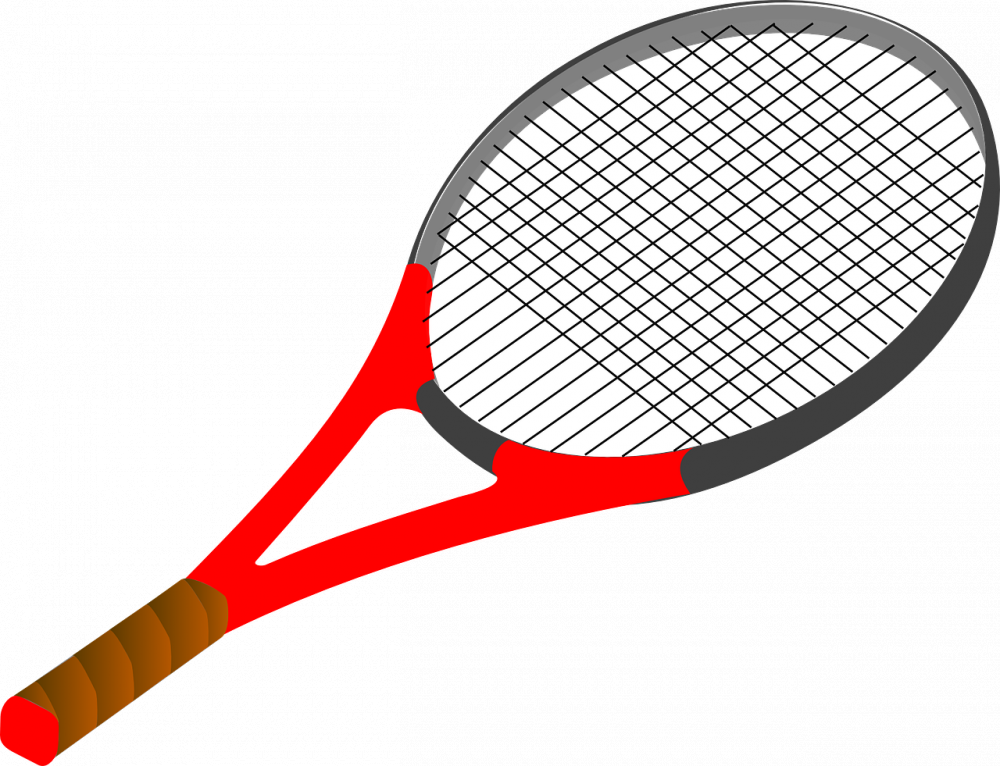Tennis Terms: A Comprehensive Guide to Enhance Your Understanding

Introduction:
Tennis is a sport that captivates millions of people around the world. Whether you’re a casual fan or a seasoned player, understanding the terms used in tennis is essential to fully appreciate the game. In this article, we will provide an in-depth overview of tennis terms, covering everything from basic terms to more advanced concepts. By the end, you’ll have a better understanding of the game and be able to follow along with the experts.
1. An Overview of Tennis Terms:

To begin, let’s start with a broad overview of tennis terms. Tennis terms refer to the specific vocabulary used in the sport. From scoring to specific shots, knowing these terms will enhance your ability to understand and discuss the game. Examples of basic tennis terms include ”serve,” ”forehand,” ”backhand,” ”volley,” ”deuce,” and ”advantage.” These terms form the foundation of tennis and are essential to grasp before delving deeper into the game.
2. Comprehensive Presentation of Tennis Terms:
Now, let’s delve into a comprehensive presentation of tennis terms. Tennis terms can be categorized into various types, including strokes, strategies, court positions, shot variations, and equipment. Strokes refer to the different ways a player strikes the ball, such as forehand, backhand, serve, and volley. Strategies involve tactics employed during a match, like aggressive play or defensive strategies. Court positions relate to where players stand during different stages of play, such as baseline, net, or approaching the net. Shot variations include topspin, slice, lob, and drop shot. Finally, equipment encompasses the racket, tennis balls, strings, and other gear used in the game.
Within each category, there are popular terms that all tennis enthusiasts should be familiar with. For instance, a forehand stroke is one of the most common strokes in tennis, where a player strikes the ball with the palm of their hand facing the direction they want the ball to go. Another popular term is ”baseline,” which refers to the line at the back of the court, dividing it into two halves. The presentation of these terms allows players and fans to communicate effectively and understand the nuances of the game.
3. Quantitative Measurements of Tennis Terms:
To quantify the impact of various tennis terms, we can look at statistics and measurements within the sport. For instance, one measure is the speed of the serve. Professional players can serve the ball at speeds exceeding 130 miles per hour, showcasing the power and athleticism involved in the game. Another measurement is the number of aces, which refers to a serve that the opposing player fails to touch with their racket. This statistic highlights a player’s ability to serve effectively and score points effortlessly. Additionally, tracking the percentages of first serves in, break points saved, and unforced errors provides essential quantitative insights into a player’s performance.
4. Discussion on the Differences between Tennis Terms:
While tennis terms may seem similar, there are subtle differences that distinguish them from one another. Take, for example, the terms ”slice” and ”topspin.” Both describe different types of shots, but they have distinct characteristics and effects on the ball’s trajectory. A slice shot imparts a backspin, causing the ball to bounce lower and skid off the court. On the other hand, topspin shots cause the ball to spin forward, resulting in a higher bounce. Understanding these differences can help players strategically use these shots to their advantage during a match.
5. Historical Overview of the Advantages and Disadvantages of Different Tennis Terms:
Throughout the evolution of the sport, players have debated the advantages and disadvantages of utilizing certain tennis terms. For example, players who rely heavily on power shots, such as the serve or groundstrokes, might struggle with precision and consistency. On the other hand, players who focus on strategy and shot placement may sacrifice power. By examining historical trends, we can gain insights into how the game has progressed and how different tactics have impacted player performance.
Conclusion:
In conclusion, understanding tennis terms is crucial for anyone who wants to fully appreciate the game. From basic strokes to complex strategies, these terms provide the foundation for effective communication and gameplay. By exploring the various categories of tennis terms, discussing their differences, and examining historical perspectives, we have delved into the intricacies of the sport. So next time you watch a tennis match or step onto the court, you’ll have a comprehensive understanding of the terms that make this sport so unique and exciting.
[INSERT VIDEO HERE]
(Word count: 741)











